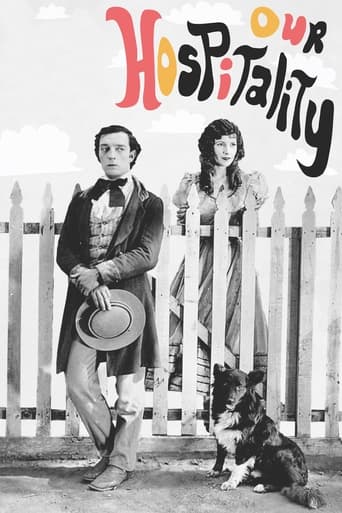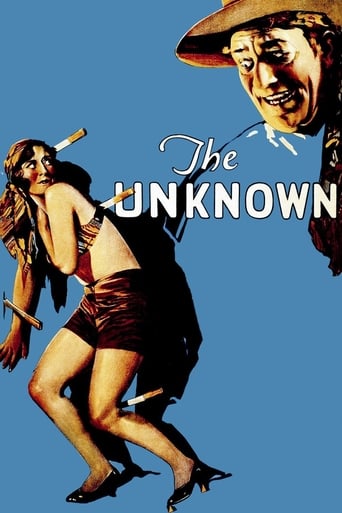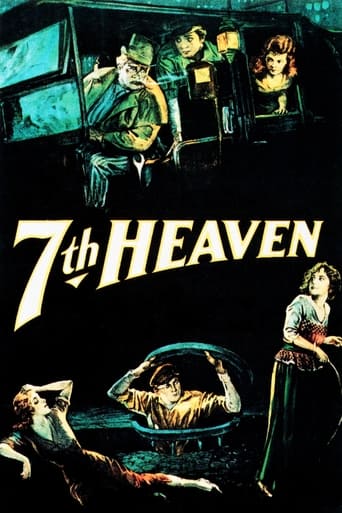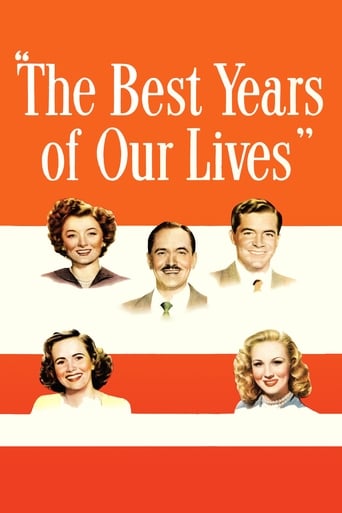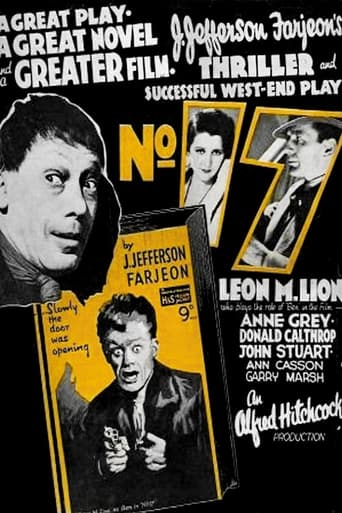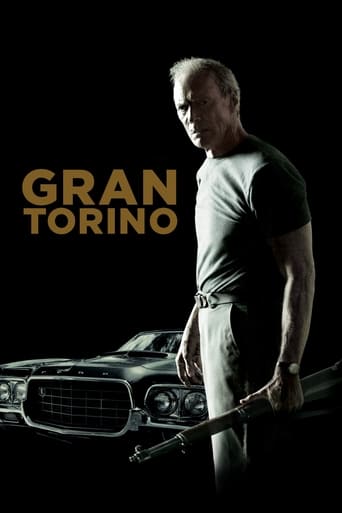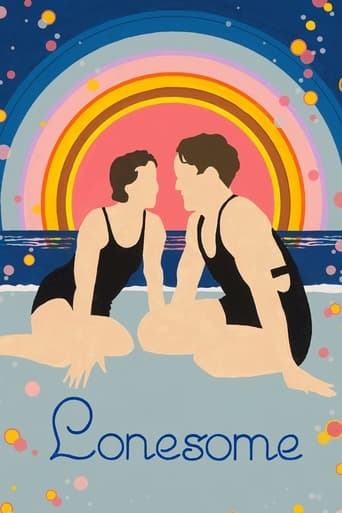


Lonesome
Two lonely people in the big city meet and enjoy the thrills of an amusement park, only to lose each other in the crowd after spending a great day together. Will they ever see each other again?
-
- Cast:
- Barbara Kent , Glenn Tryon , Eddie Phillips , Andy Devine


Similar titles
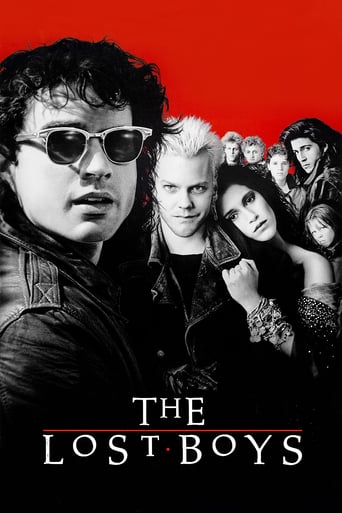

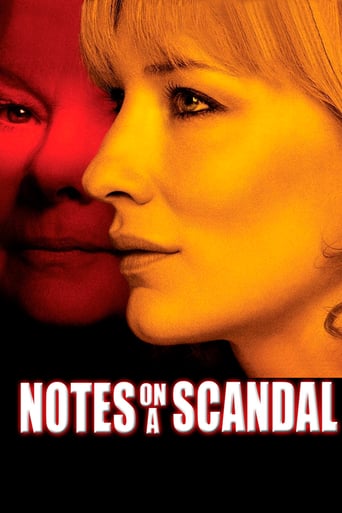
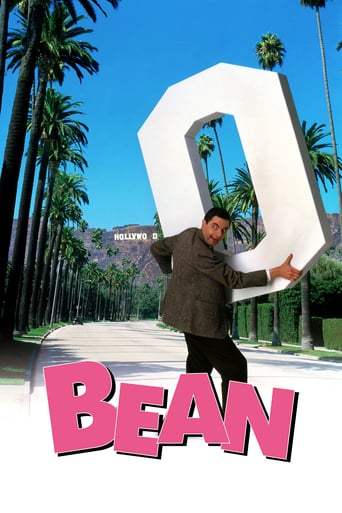


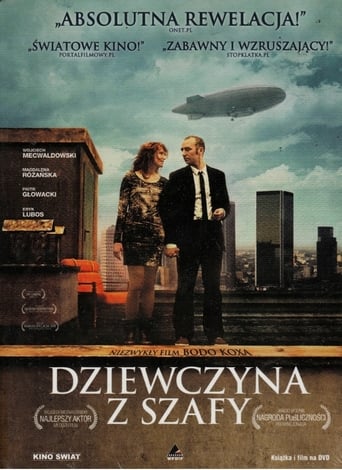
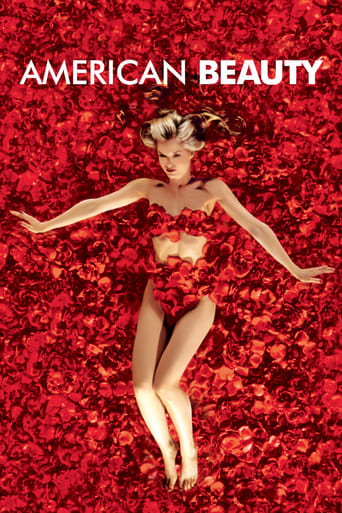
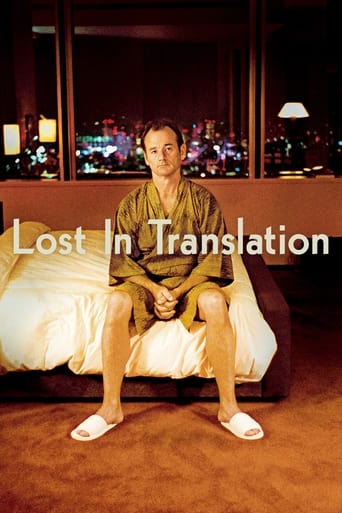
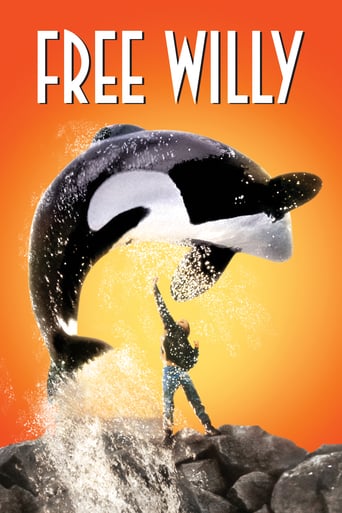
Reviews
That was an excellent one.
Memorable, crazy movie
just watch it!
The acting in this movie is really good.
Lonesome is like the much more charming, if slightly less ambitious (and at the very end a bit too cute) cousin of Sunrise. It's appeal is in its simplicity, but where Sunrise was about a couple breaking apart and coming back together, this is much more streamlined and less tragic (though it does go for some tragic beats in the last twenty minutes of its slim 70-minute run-time): boy is lonely, girl is lonely, both work working-class jobs (factory/phone operator, what else in New York city in 1928?), they both decide separately after their (so-called!) friends go off on their own adventures to go to the beach and amusement park - is it Coney Island? I can't imagine it being anywhere else - and boy and girl meet as the boy tries to show off doing games. And that's it, that's the movie, and why it stands out (and got a sort-of restoration and Criterion treatment) is its presentation by its director.I don't know much about Pal (Paul) Fejos except that he directed silent films and somewhat into the 1930's, and then sort of faded away into obscurity. It's a shame since a film like Lonesome shows his talents clearly: he has a keen sense of editing and that way that silent filmmakers sometimes had to super-impose images (perhaps a chip off the Abel Gance block perhaps, but not as ambitious), in particular when he's setting up the hustle/bustle of the city and then later in the film when things get more harrowing with the characters. That is to say when, inevitably, the main conflict is that they are separated in that great sea of people that makes up a massive crowd in a city (where, as the man, Jim, notes at one point, is so strange that you're surrounded by so many but still feel so alone).The charm in the film comes in how the couple on screen - Barbara Kent and Glenn Tryon - are together; they're kind of like if you had one of those romantic "leads" in those really early Marx brothers movies, only they don't sing and the man is funny in that amusing- lightly- sarcastic way (i.e. bragging about his "six acres on Wall street" at first, which we and the girl knows isn't true, but it's fun to play along). Actually, speaking of that, this is an experimental film at heart for a number of reasons. It appears at first to be a silent film, and for 90% of it it surely is, and is shot like one with that film speed we associate with silent cinema on the whole (that kind of slightly-sped-up speed where its rhythm is distinctly of its cameras and era), and we know this because 10% of the film, more or less, is a *sound* film. No, really, we suddenly move from what is the obvious fluid camera style and wide shots of the crowds and intensity that comes with a camera that moves freely to what is clearly static shots in a studio so the actors are right under a microphone... and the acting is just as static.That's not totally fair; this is considered, at least according to the trivia, one of the very first films to ever incorporate sound. On that level it's certainly extraordinary and important, but the problem is that it becomes jarring with the rest of the film which is shot with such passion and excitement (it's also frankly weird to hear the actor's speaking voices, whereas before, like I do with a lot of silent movies, I can think of my own voices for the actors that do not sound so... stilted). One of the sound scenes is also one where I wasn't sure if a cop was being sarcastic or not; our man Jim has been taken away by the cops after a roller-coaster ride where Mary, the girl, fainted and had to be taken away but Jim got separated and got rough with a cop. For a moment it seems like he'll be put away, but Jim pours his heart out (with some, I'm sorry, cringe-inducing lines), and the cop's reaction is hard to read since it sounds totally "pfft yeah right"... but then they let him go. Very strange. But these aren't major complaints for a film that has so much to offer outside of those things. This is a movie that's joy is in its purity, that it's about these two people and how they meet and suddenly all of the usual problems of their everyday lives - the work, the drudgery, the intensity of being around so many people getting on/off the subways or being in the traffic - can float away since they have one another. And there are some moments of experimentation that do work, mostly involving (also, again, a touch of daring with Fejos) color: there's tinted scenes here, which isn't unusual for a silent film, but here it's how the colors are used, over the amusement park scenes to illuminate the lights at night, the performers in the park, the vibrancy that the night off a beach in the city brings. There are so many moments of rich filmmaking, so much hope that this couple is able to inspire in a short amount of time, and because of the simplicity we're able to invest ourselves into their bond as it gets closer (maybe a little *too* quick, one might want to argue, falling in love within a day), that one can almost forgive a cutesy ending. Almost.
Wonderfully-paced, great camera movements, excellent location photography. When you compare this with other films of its era, you'll see how well Lonesome was developed. Being visual, I'm always interested in camera placement and movement. While other films of its time showed static camera shots, Lonesome always wanted to keep the camera moving. The pace rarely lets up, soon after the male protagonist Jim, wakes up. The version I refer to is the Eastman House-restored film. It's presented in a pristine, high- definition film transfer from original film stock, a nitrate print apparently from France. What a treat to watch life from the early 20th century, and the way it seems, the storyline could be presented today, in modern New York City. This version has music and plenty of sound effects, but it's still one of the last silent films of the era. It's a fun treat, watching the facial expressions as the performers have to sell their emotions without voices. It must have been a trend-setting piece of filmmaking in its time. I only wish the pace on some of the films made today had as much entertainment packed inside.Packed within the Eastman House print are several scenes with actual dialog between the two, and there's also a bit of color-tinted B/W to boot somewhere in the film. It's worth it for true film buffs to find the restored version. There's no heavy storyline here, just a guy finding it hard to meet a woman he finds attractive. The film really gives me another reason to smile.
Two ordinary people - their personalities seem to jump out from the start of this brilliant film. Mary is cheery, greeting every day with a smile, Jim is a jokester, the life of the party, she is a switchboard operator, he is a machinist. But they are lonely and meet after taking the advice of a billboard that encourages people to have a fun day at Coney Island. Jim spies Mary on the bus and tries to attract her attention but it is only at the beach when Jim finds Mary's cherished ring that they get to know each other.The version I saw was all silent, with Hungarian titles no less, probably packaged for Paul Fejo's own country, to show he was much more than a bacteriologist!!! Fejos was another import for Universal who, along with Fox, thoroughly embraced the European Expressionism movement that peaked in Hollywood in the late 1920s. Fejo didn't stay in America long and by the early 1930s he was back directing in Europe but with "Lonesome" he included some striking neo expressionistic camera effects including multiple super impositions etc.Like "The Crowd" the two leads were played by relative unknowns and they were perfect in their roles. Barbara Kent had found fame of sorts by playing the good girl in "Flesh and the Devil" but who was going to remember her with Greta Garbo playing the villainess. Glen Tryon had failed to make the grade - initially he was a Hal Roach discovery who saw him as another Harold Lloyd. He was also given the role in Fejo's next film "Broadway". Both of them are almost too convincing as the lonely couple who as the evening progresses find themselves caring very deeply about the other person. They are separated when the roller coaster that Mary is riding in catches on fire and Jim, who is thought of as being a nuisance is hauled off to night court. There is an extended bit of silent dialogue here (similar to a scene on the beach where Jim is dreaming of blue picket fences etc) which was probably another "goat gland" sequence.I thought Tryon was very moving - outside cocky but inside eaten up with loneliness. At one stage he says "I am so lonely and alone - I can't stand my own company". The emotion and the intentness builds as they look for each other at the fair that is now fast becoming desolate. At the end they both return to their flat, overcome by despair - he tries to play records and her little doll, the one memory of the day, falls off the table and breaks. They then discover that they live in the same building!!!Fejo found the idea in a newspaper article about loneliness in New York but I think it shares similarities with a 1915 film "Young Romance". In the older movie, two youngsters who, unbeknown to themselves, work in the same department store, read the same romantic serial and go on a week's holiday determined to find some romance at any cost - preferably with someone wealthy. Mary and Jim, early in the movie, try to pretend to be more exotic that they really are, then Mary laughs and says that they have probably both been reading the same romantic serial!!Highly, Highly Recommended.
...that I cannot stand my own company...says the hero.This could be the optimistic side of King Vidor's "the crowd".This era was a time when the pursuit of happiness was legitimate and "even with a face like that" you could hope to find the woman of your dreams.Robert Siodmak would make "Menschen Am Sonntag" and Marcel Carné "Nogent Eldorado Du Dimanche" soon after ,and would replace Coney Island by the banks of the Rhine or of the Seine.1928 was the year before the crash .Even in the biggest city in the world ,you can be lonelier than the loneliest of creatures.He pretends he is a millionaire ,she pretends she is a princess ;in fact he is a working man,she is an operator .It is not as optimistic as it seems at first sight.The crowds are hostile and do nothing to help them ,they are as selfish as today's crowds ."Lonesome " is an important movie,if only for its simplicity and its spontaneity.Everything happens in the short space of one day (from the rude awakening to the night when solitude becomes even harder to bear ) and the two principals are really endearing ,almost matching Janet Gaynor and Charles Farrell.NB:Paul Fejos would continue his career in France in the early thirties where he directed Annabella in a tragic melodrama ("Marie Legende Hongroise")and a remake of Feuillade's "Fantomas", the first third of which surpasses the original .

